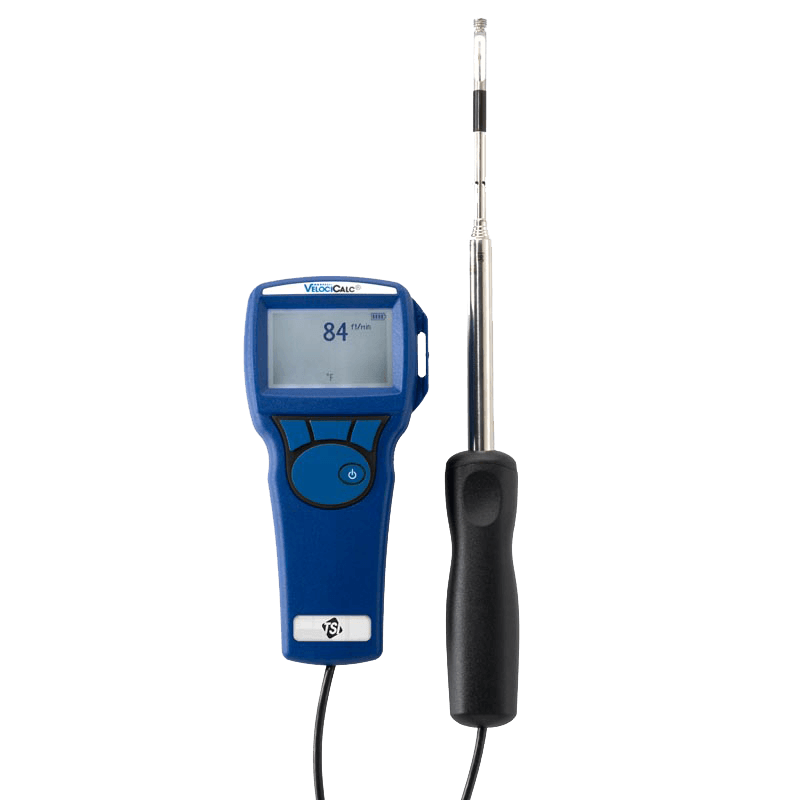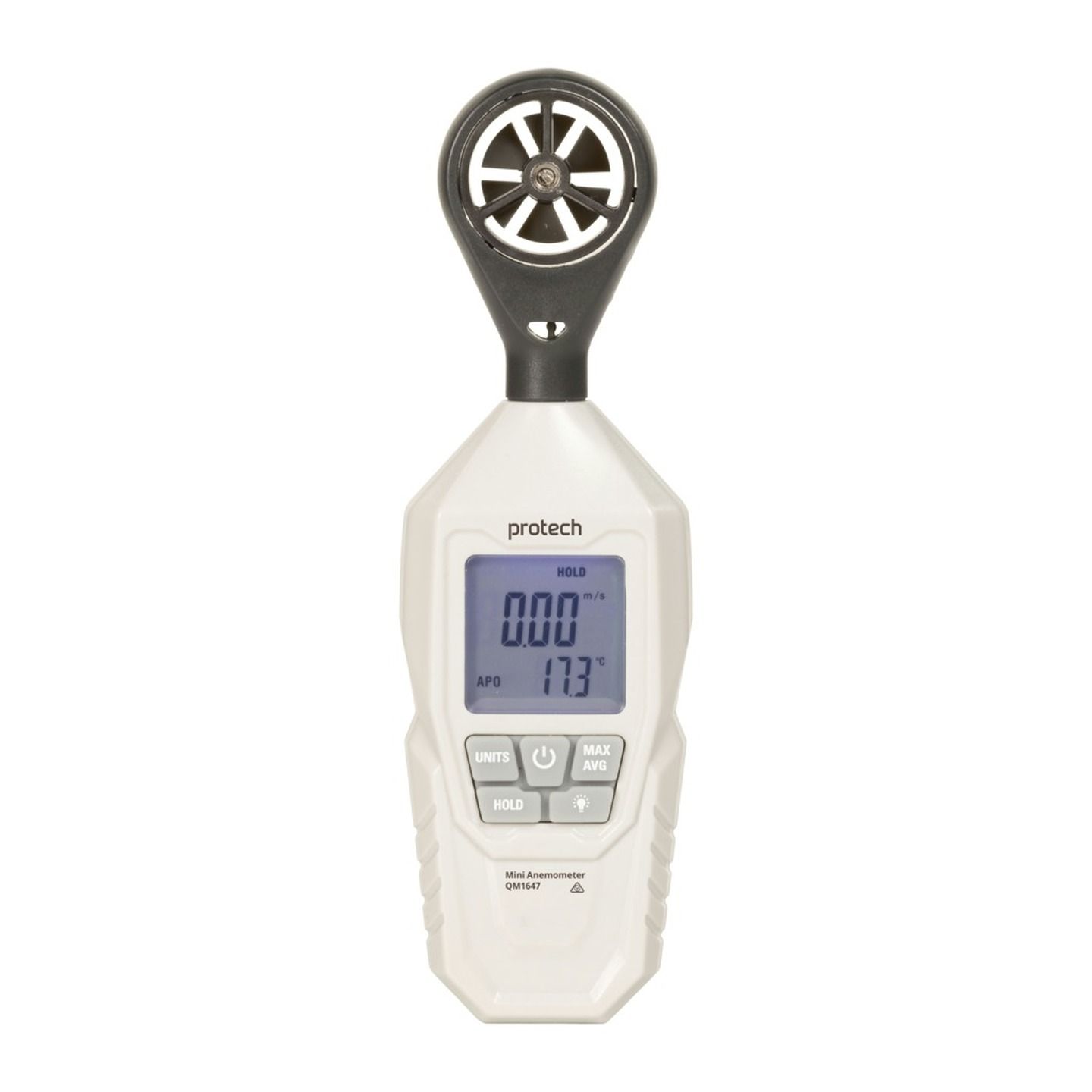All You Required to Find Out About Anemometers: How They Function, Why They Matter, and Where to Make use of Them
Anemometers, though typically neglected in the world of scientific instruments, play a crucial role in various fields, using useful insights into wind speed and air movement patterns. Comprehending the mechanics behind these tools is necessary for anybody looking for to harness the power of this data. From meteorologists tracking climate patterns to engineers creating structures with wind tons in mind, the applications of anemometers are far-ranging and diverse. As we look into the complexities of anemometer innovation, we will certainly discover the internal functions of these gadgets, their importance, and the essential considerations when picking the best anemometer for specific applications.

Anemometer Basics
A necessary instrument utilized to determine wind speed and direction, the anemometer plays an essential role in meteorology and various industries. An anemometer typically consists of 3 or four cups that rotate in the wind, a vane that points right into the wind, and sensing units to track the movements or rotations. By calculating the turnings or motions over a certain amount of time, the anemometer can identify wind rate. The vane assists identify wind direction by aiming into the wind, offering valuable information for weather condition forecasting, aeronautics, maritime operations, environmental surveillance, and wind energy applications.
There are various kinds of anemometers available, consisting of cup anemometers, vane anemometers, hot-wire anemometers, and sonic anemometers, each with its unique attributes and applications. Cup anemometers are frequently used for fundamental wind rate measurements, while vane anemometers are favored for directional measurements. Hot-wire anemometers appropriate for low airspeeds, and sonic anemometers are ideal for high-precision measurements in study and industrial settings. Recognizing the fundamentals of anemometers is vital for accurate wind information collection and analysis throughout different fields.
Principles of Anemometer Procedure
Building on the foundational understanding of anemometer basics, the concepts of anemometer procedure illuminate the mechanics behind wind rate and instructions measurements. Mug anemometers, for circumstances, have three or even more read what he said mugs that capture the wind, causing them to rotate quicker as the wind rate rises. Hot-wire anemometers rely on a warmed cable that cools down as wind passes over it, with the rate of cooling down figuring out the wind speed.
Value of Anemometers
Anemometers play a crucial role in measuring wind speed and direction, offering vital information for weather condition projecting, climate studies, environmental monitoring, and air travel operations. Meteorologists rely on anemometers to gather accurate wind information, aiding them recognize climate patterns, forecast tornados, and problem timely cautions to the public. Wind farm operators use anemometers to assess wind conditions and make best use of electricity manufacturing from wind generators.
Applications Throughout Different Industries
In the eco-friendly power sector, anemometers play an important duty in analyzing wind problems for wind ranch positionings, making certain optimum power manufacturing. Industries like building and construction and mining make use of anemometers to keep an eye on wind rates, vital for security procedures, particularly when working at heights or in open-pit mines where solid winds can posture threats. In farming, anemometers help farmers in handling crop splashing by giving real-time information on wind speed to avoid drift.

Choosing the Right Anemometer for Your Requirements
Choosing the appropriate anemometer customized to your specific demands is crucial for obtaining accurate wind speed and direction measurements. When selecting an anemometer, take into consideration variables such as the intended application, required measurement variety, ecological problems, and wanted attributes. For basic objectives, a mug anemometer appropriates for measuring wind speed, while a vane anemometer provides wind direction information. Hot-wire anemometers are perfect for low airspeed dimensions, and ultrasonic anemometers supply high precision and sturdiness.

Verdict
In final thought, anemometers play an essential duty in measuring wind speed and instructions throughout different sectors. It is essential to take into consideration the importance click to investigate of anemometers in order to make enlightened choices when choosing the most appropriate device for measuring wind problems.
There are various types of anemometers offered, consisting of cup anemometers, vane anemometers, hot-wire anemometers, and sonic anemometers, each with this page its special attributes and applications. Mug anemometers are typically utilized for standard wind rate measurements, while vane anemometers are chosen for directional dimensions. Hot-wire anemometers are ideal for reduced airspeeds, and sonic anemometers are perfect for high-precision measurements in research study and commercial setups.Structure on the foundational understanding of anemometer basics, the concepts of anemometer procedure clarify the mechanics behind wind speed and direction measurements. For general objectives, a mug anemometer is suitable for measuring wind speed, while a vane anemometer offers wind direction data.